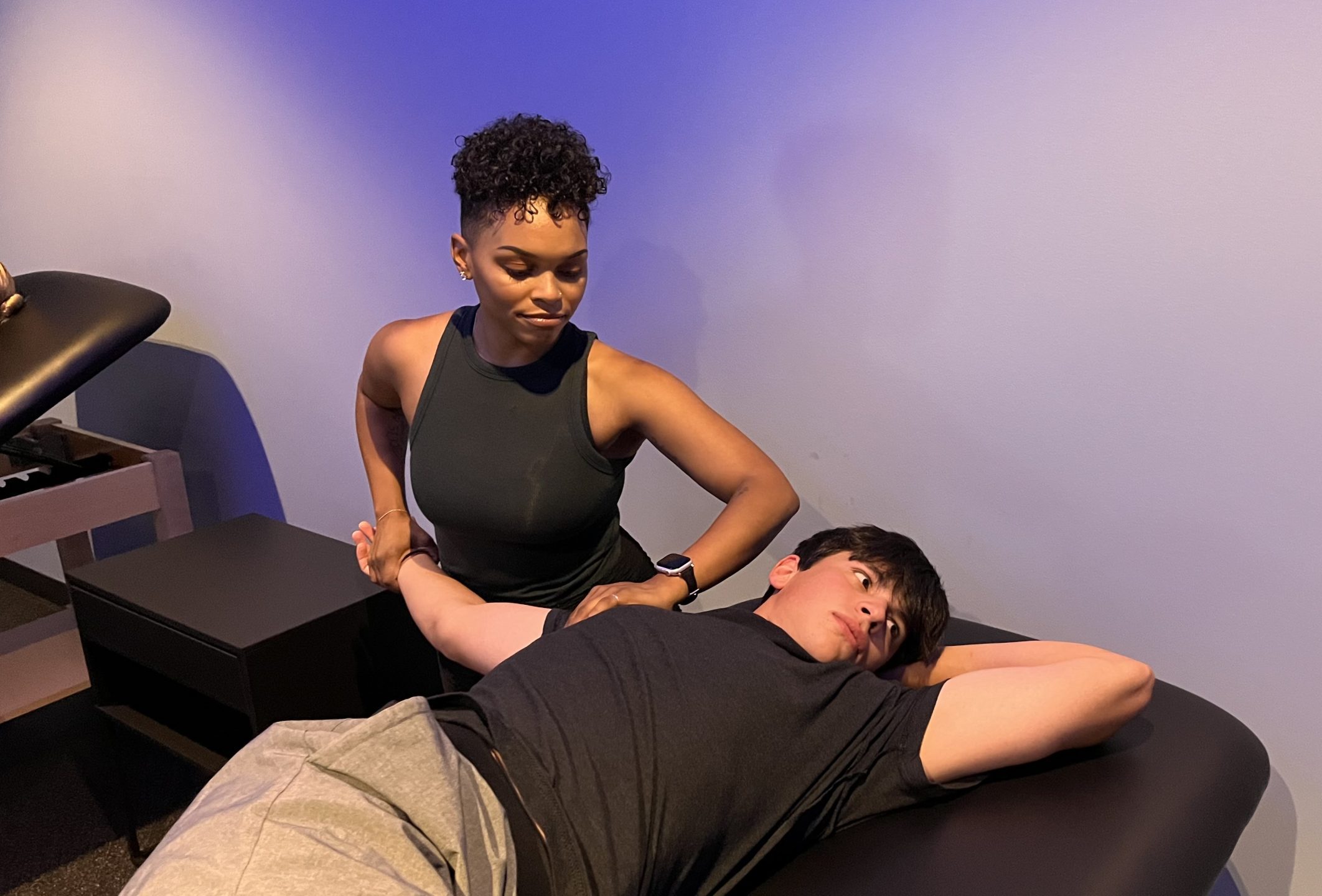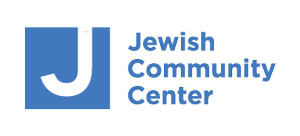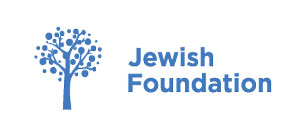Recovery, the missing link between good and great.
The faster you recover, the faster you reach your goals.
RECOVERY SESSIONS

MEET OUR STRETCH & FLEXIBILITY COACHES

Thomas Colombo
“Bending The Rules”
What sparked your interest in becoming a stretch and flexibility coach?
I saw it as a unique opportunity to not only help those with everyday discomforts like low back pain or sciatica, but also those looking to increase their performance along their fitness journey.
How did you acquire your expertise in this field? What certifications or training do you have?
In addition to my degree as an Athletic Trainer, I acquired most of my knowledge through experience in different medical and fitness settings. From Physical Therapy clinics and maxillofacial reconstruction specialists to pee wee wrestling tournaments and professional hockey. They all presented similar yet totally unique situations that have improved my understanding of anatomy, injury prevention and rehabilitation.
Can you share a success story about a client who made significant progress in their flexibility under your guidance?
Early in my career an athlete came to me fresh out of ACL surgery. She was hesitant to keep training but was more worried she would tear the other ACL. For 4 months we worked on strengthening, balance, proprioception, body mechanics and endurance. She finished her senior season and was awarded and athletic scholarship to a D1 school for Soccer.
What are some practical tips or exercises you recommend enhancing overall flexibility for someone with a busy schedule?
After 45 minutes of sitting at a desk, take a walk to the kitchen or the water cooler. Hold all static stretches for at least 30 seconds. Stretching after exercise will reduce recovery time and reduce DOMS (Delayed Onset Muscle Soreness).
Can you share your perspective on the relationship between flexibility and injury prevention?
Having good flexibility increases our joint range of motion, reduces overall tightness and helps the body stay in a neutral state. The more efficiently the body moves
What is your all-time favorite stretch?
Piriformis stretch, everybody needs it!

CONTACT US




HEALTH & WELLNESS
Fitness
Swimming
Tennis & Pickleball
More Sports
EDUCATION
Jewish Culture & Education
Early Childhood Program Preschool
After School & Childcare
Camps
ARTS & CULTURE
Literary Arts
Visual Arts
Theatre & Film
Dance
COUNSELING & SUPPORT
Jewish Family Service
Counseling & Groups
Case Management
References & Resources
Copyright Shalom Austin 2023. Privacy Policy.
